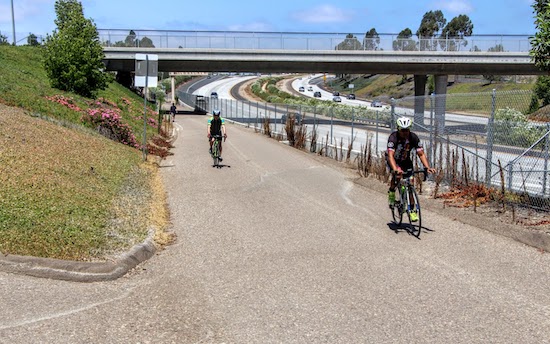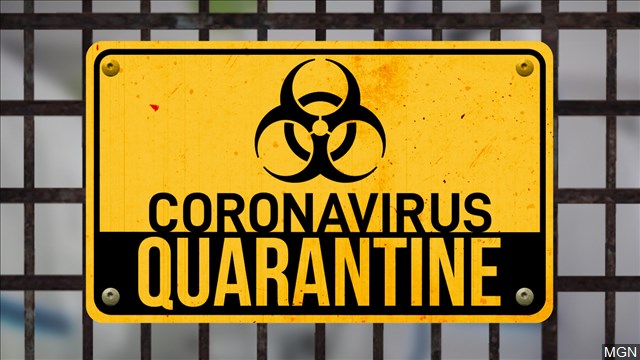We all know how important it is to exercise to stay fit. But the COVID crisis has presented us with some pretty unique challenges. Skiing is over, gyms and parks are closed, and we’re pretty much confined to our homes. So what’s a Ski Diva to do? Fortunately, there are lots of options available. But in these crazy, difficult times, there are things you need to keep in mind to stay safe and preserve your sanity while you work out.
Why exercising right now is really, really important
• All of us are under a fair amount of stress, and being active is a good way to lift your mood. There are hundreds of studies that show that working out lowers levels of depression, hostility, negative feelings, and yes, even stress. That’s because exercise releases endorphins and other neurotransmitters that can play a huge part in regulating your mood. If you’re having trouble sleeping — and stress can be a big factor in that — exercise can help with that, too.
• Exercise can improve your overall health so you’re better to handle illness. Sure, it can’t keep you from getting the virus, but obviously, a healthy body is better able to fight disease than one that’s weak. Keep up your fitness level to improve your illness-fighting ability.
• Exercise is a much-needed distraction. Look at it this way: There are lots of things you can’t do right now. Here’s something you can do that can affect you in a positive way and keep you from dwelling on the bad stuff that’s going on in the world.
Here are some things to keep in mind:
Stay away from crowded bike paths or parks.
We’ve all heard about the importance of social distancing. This doesn’t change, just because you’re exercising. But according to a Belgian-Dutch study, the typical social distancing rule of staying 6 feet away from one another may not be enough. That’s because when someone breathes, sneezes, or coughs during a run, the particles they emit stay behind in the air, and the person in their slip-stream ends up going through a cloud of droplets. Because of this, scientists now advise that walkers going in the same direction be at least 4-5 meters apart and runners or slow bikers at least 10 meters apart (hard bikers 20 meters). When passing someone, it’s advised to be in a different lane at a considerable distance away (20 meters for biking).

Don’t do anything that could put others in jeopardy.
Now is not the time to try to scale the rock wall you’ve had your eye on all winter, or hike for turns in the back country. Even if you’re an expert, be a good citizen and put it on the back burner. Why? Because if something goes wrong — and there’s no way to guarantee that it won’t — you’re going to depend on emergency personnel and medical services that could well be spent on people who are sick. What’s more, if you need to be rescued, you’re going to be treated as though you have COVID-19 — because maybe you do, even if you’re asymptomatic, and this could put your rescuers and local medical personnel at risk.
Be social (sort of).
Even though we’re all supposed to be self isolating, that doesn’t mean we need to work out alone. Exercising virtually with others is easy, fun, and motivating, so tap into the social media landscape. There are literally thousands of work out options available — everything from apps to YouTube videos to fitness classes streaming online (go here for a list of some of the many that are currently available). I’ve been taking a dance cardio class streamed by a fitness studio more than two thousand miles away from me, and it’s loads of fun.
Set a schedule.
It’s easy to be distracted when you’re working out at home. I don’t know about you, but I find it very hard to concentrate on just about anything these days, and when we’re home, distractions can be that much greater. Many of our lives are off kilter these days, so making your work out part of your daily routine makes it less likely to fall by the wayside. The American Heart Association recommends adults engage in at least 150 minutes (two and a half hours) per week of moderate-intensity aerobic activity, or 75 minutes per week of vigorous aerobic activity. A combination of both would work too, preferably spread throughout the week.
Be realistic.
This sort of goes along with the previous point. It may take some searching around, but don’t give up. Do something that’s appropriate for your current fitness level. Bite off more than you can handle, and you’re less likely to stick with it. Besides, you can always get more intense, as time goes by. That said, this isn’t the time to try to set any records. The main point is to stay strong and healthy. And right now, that’s what really matters.



